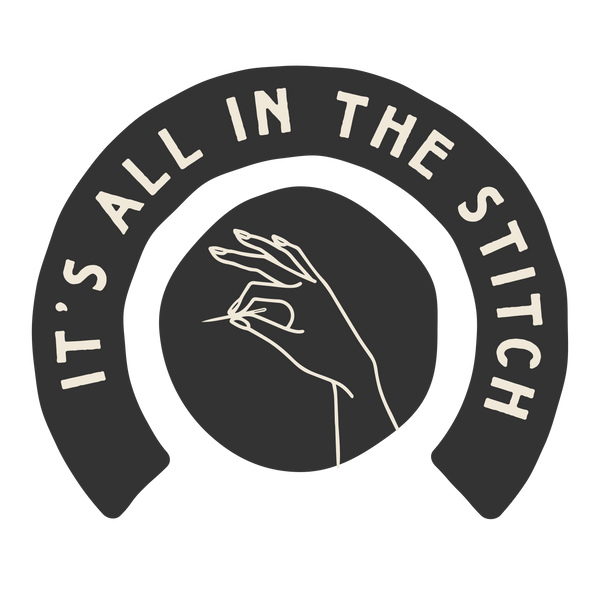Printing & Cutting Your Pattern + Piecing, Cutting & Basting Your Coat
**** If you haven't already read my disclaimer here, please do so before moving forward! :) ****
Printing & Cutting Your Pattern
This may or may not be your first print-at-home PDF pattern. If so (I'm honored tbh!!) you can watch the video below to see my favorite method on how to put it together.
One thing that is pretty unique about the Gibson Coat pattern is that it has two pattern lines for each size! This may be slightly confusing at first but I pinky promise it has a purpose.
Since this pattern is for a quilt coat, I wanted to make sure that those without quilting experience don't have to worry about possible shifting between the layers of fabric. If you don't leave the extra cushion and just cut directly to size, shifting may occur, forcing you to cut out a smaller size after quilting.
I decided to do this rather than tell you to cut out a large blob or rectangle because I find it especially helpful to have an exact outline of where the piece will lie if you want to be intentional about the placement of your quilt lines.
If you make the coat a second time, just go ahead and add about 1/2" cushion to the pattern if it's already cut on the inner line.
Using pre-quilted fabric? You can cut the pattern out on the inner line right away!
If you are doing a hacked version of the Gibson Coat, you may want to make those changes now.
Piecing, Cutting & Basting Your Coat
Here comes one of my favorite parts... picking your fabric!!

You have a few different options when it comes to what you make your coat from:
- Piecing a textile together (basically making a small quilt top specifically for your coat)
- Using solid pieces of fabric but quilting them yourself
- Using pre-quilted fabric
If you are piecing a textile together, you may not want to piece together a whole bed-sized quilt. I recommend measuring the approximate rectangle that your size of the pattern will take up and using that for the piecing part.
Head to this page to find piecing inspo for your coat.
If you are using a solid piece of fabric but still quilting it yourself, you can go ahead and cut on the outer of the two pattern lines for your size. You will trim your pieces down to the inner line after quilting them together!
Decide to go with pre-quilted fabric? You can just cut on the inner of the two pattern lines for your size right away, as you don't have to worry about leaving extra room for any shifting.
After you've cut out your fabric and batting (provided you're quilting it yourself), you will need to baste the three layers together! I'll be honest, I'm the first person to skip steps that I don't think are necessary, but DO NOT SKIP BASTING. Please :)
Basting your layers together is crucial to help prevent shifting, bunching, puckering, etc. And I find it plays a huge part in being successful with the quilting portion of this pattern!
These are my favorite basting options:
- Safety Pins
- Basting Spray
- Hand Sewing
Watch the video below for a brief overview on each!
The choice is ultimately up to you! Many have a personal preference and everyone will find what works best for them, just make sure you iron all of your fabric first. Basting wrinkly fabric kind of defeats the purpose!
The next part will focus on the quilting itself! Head here for Part 2.

